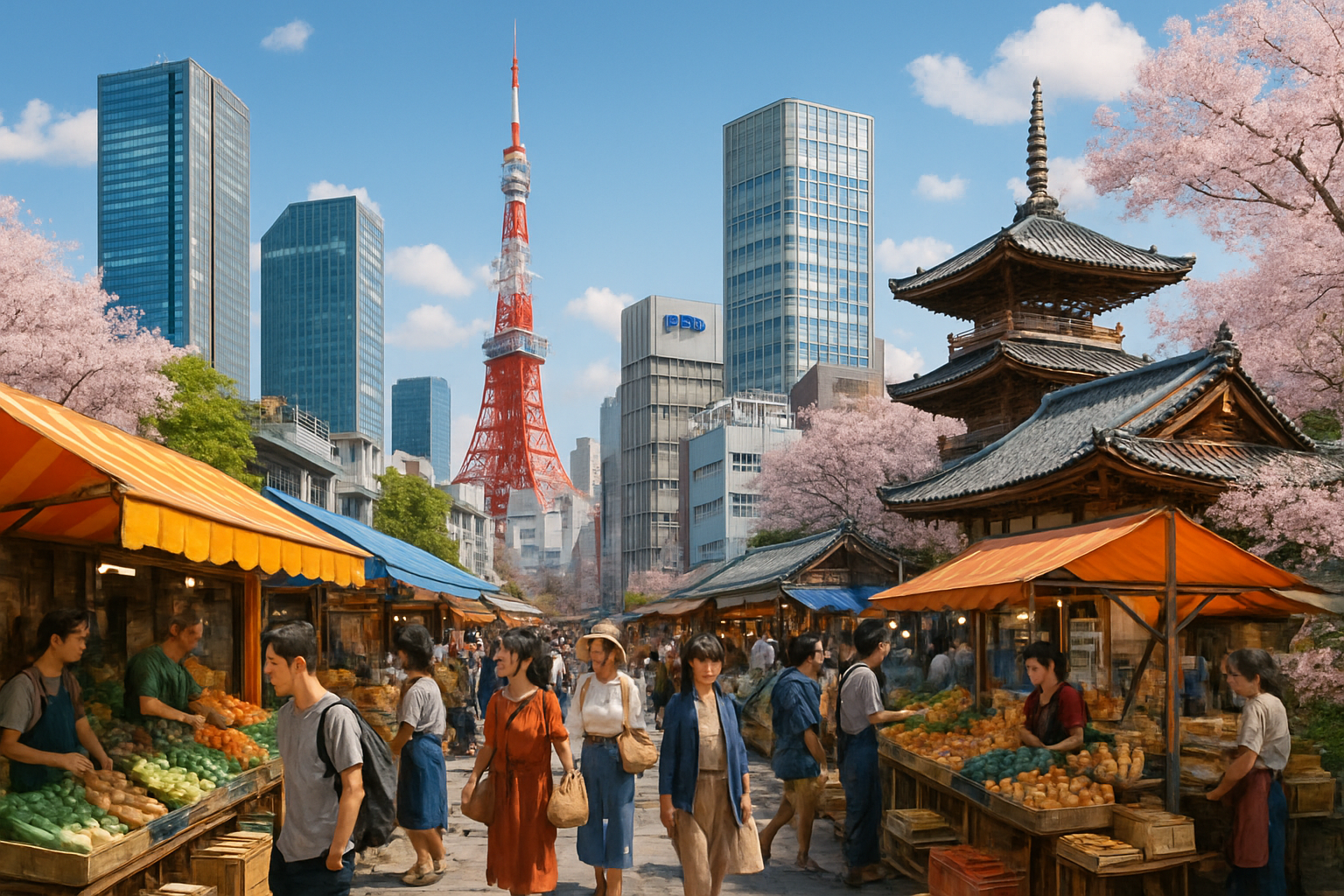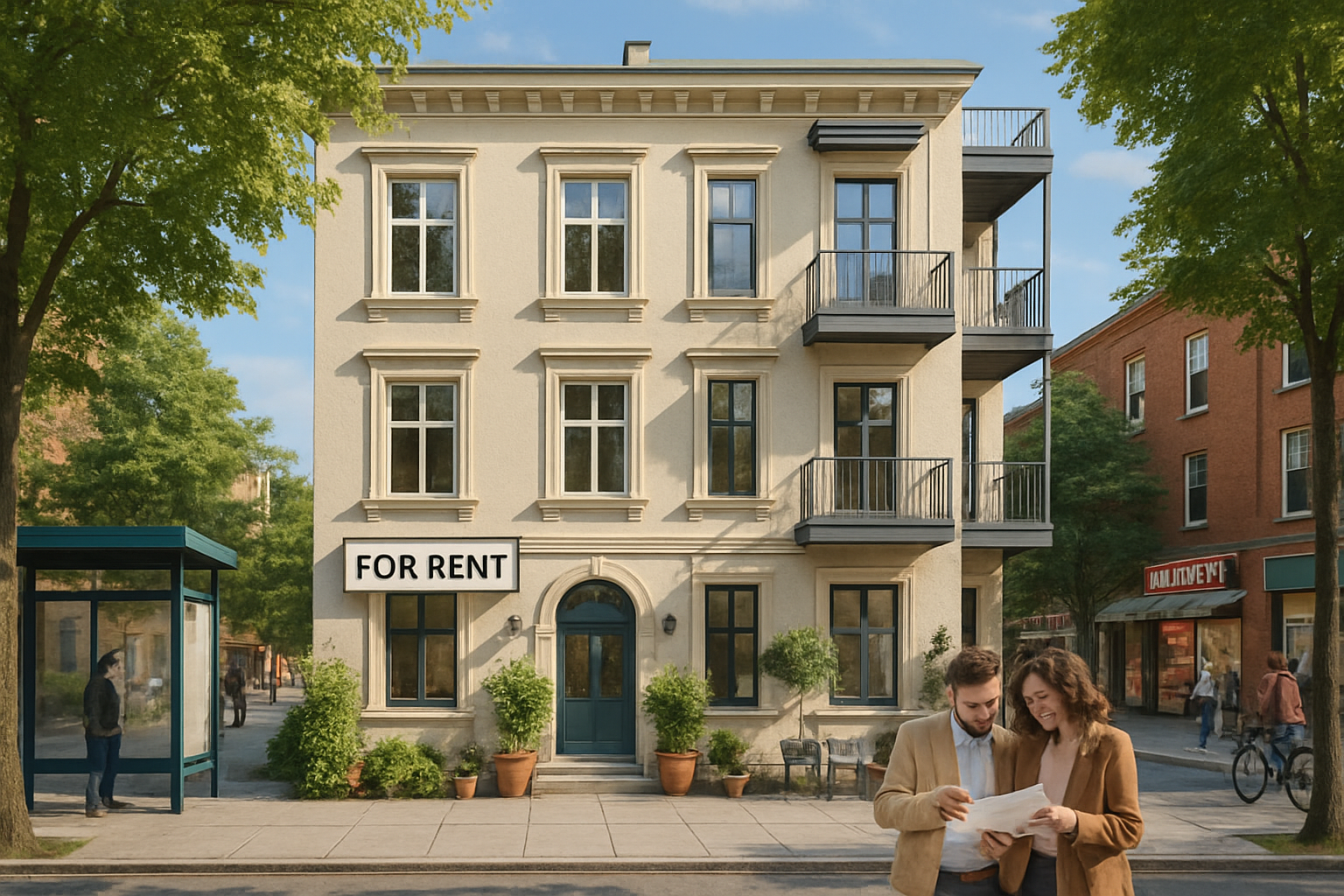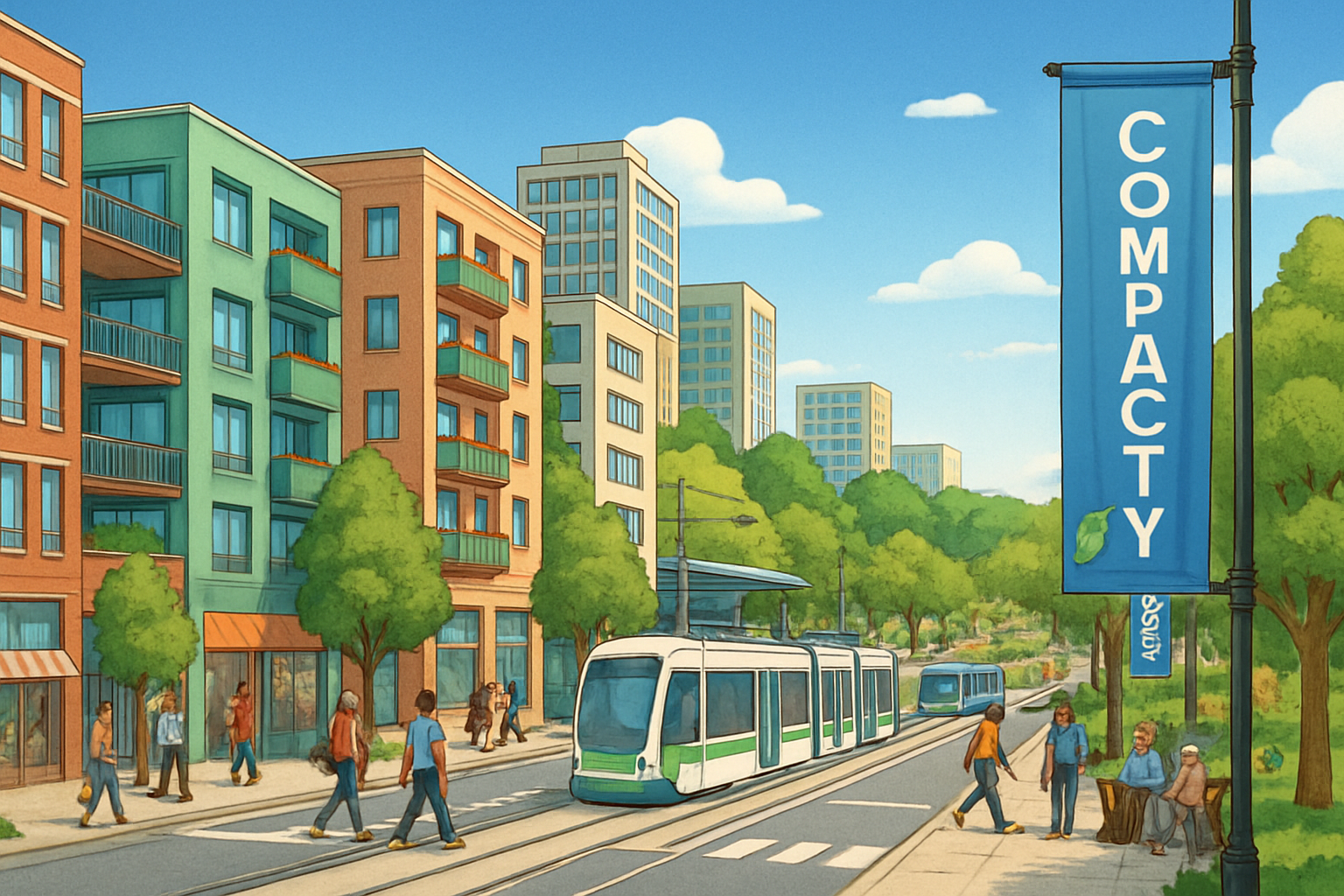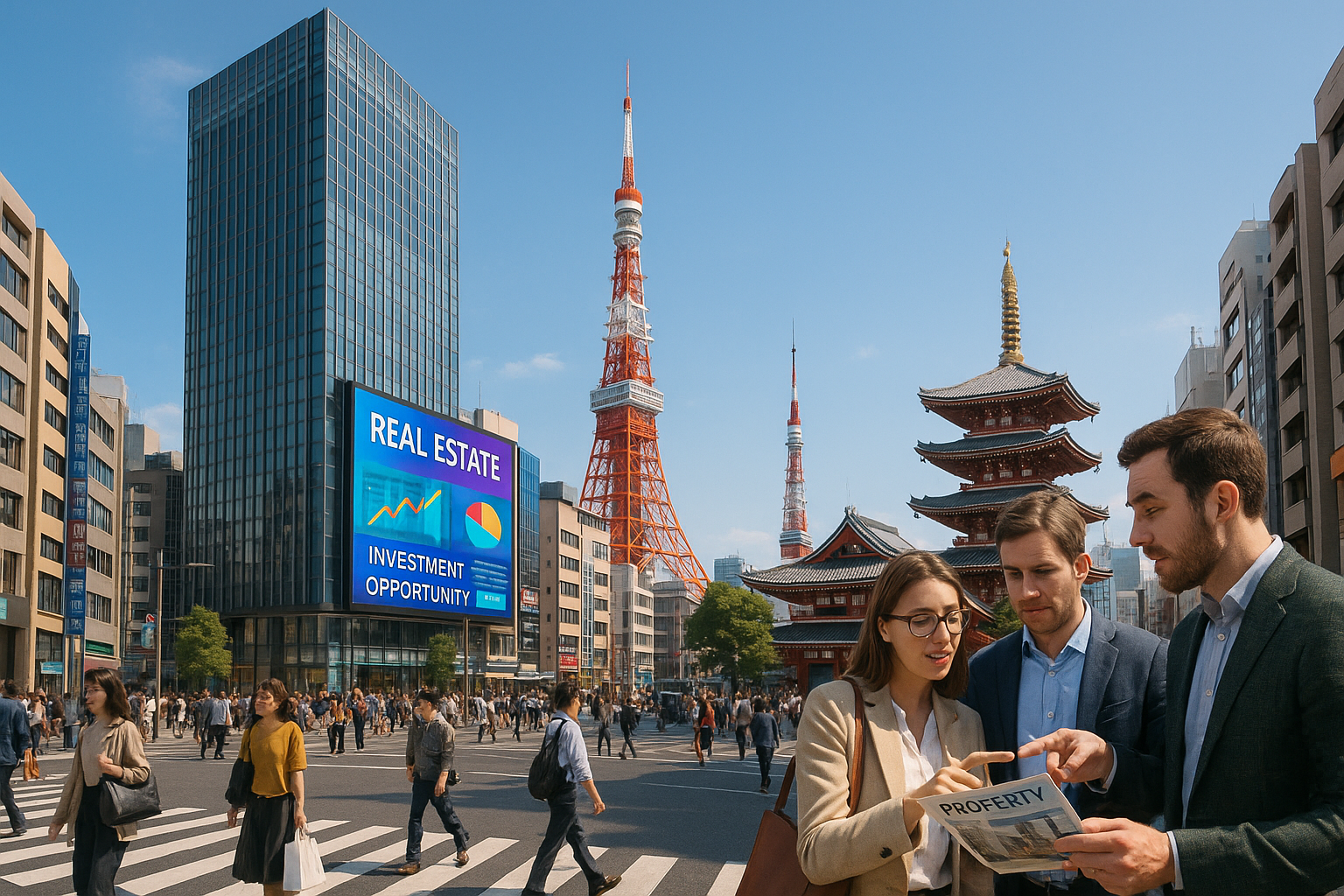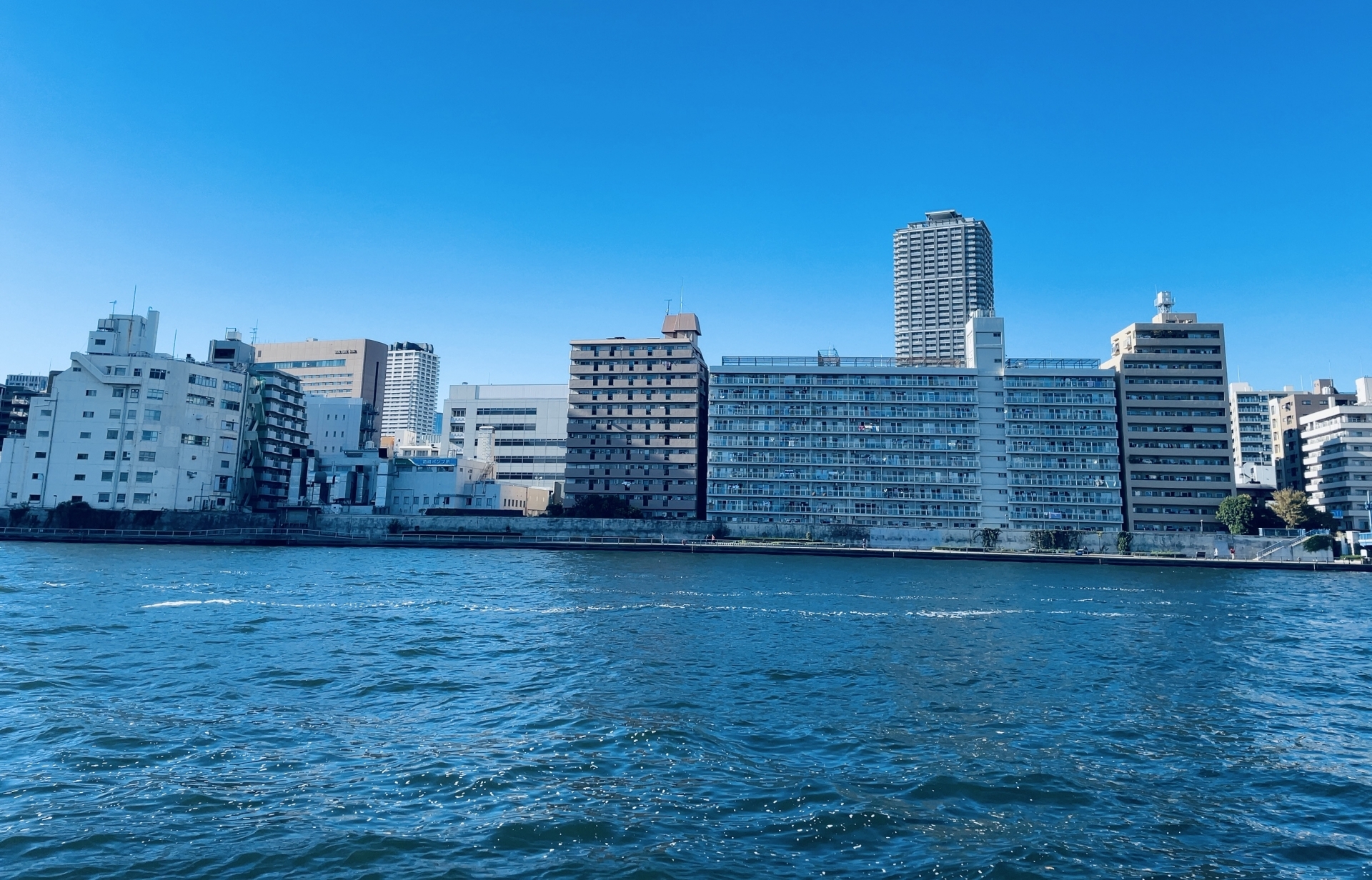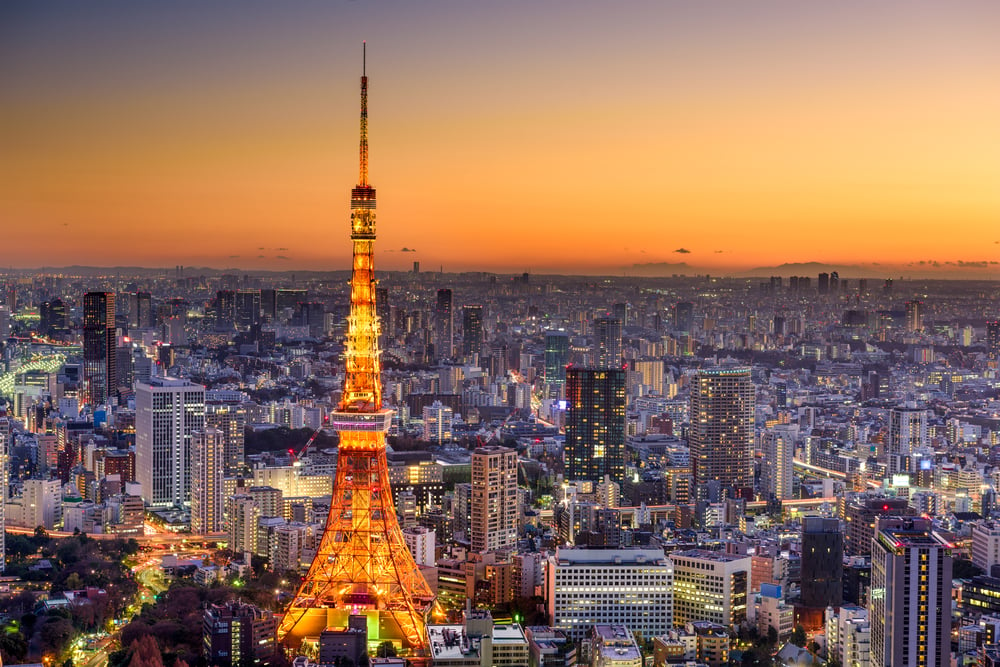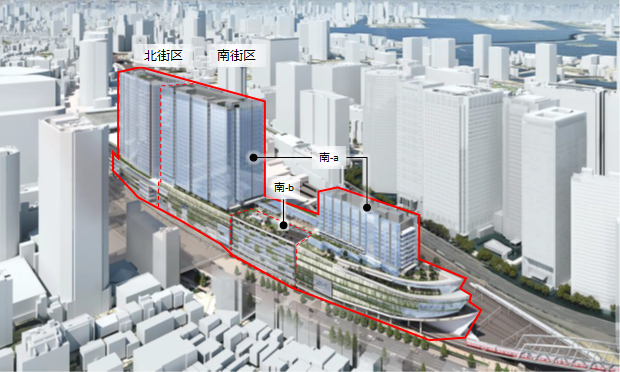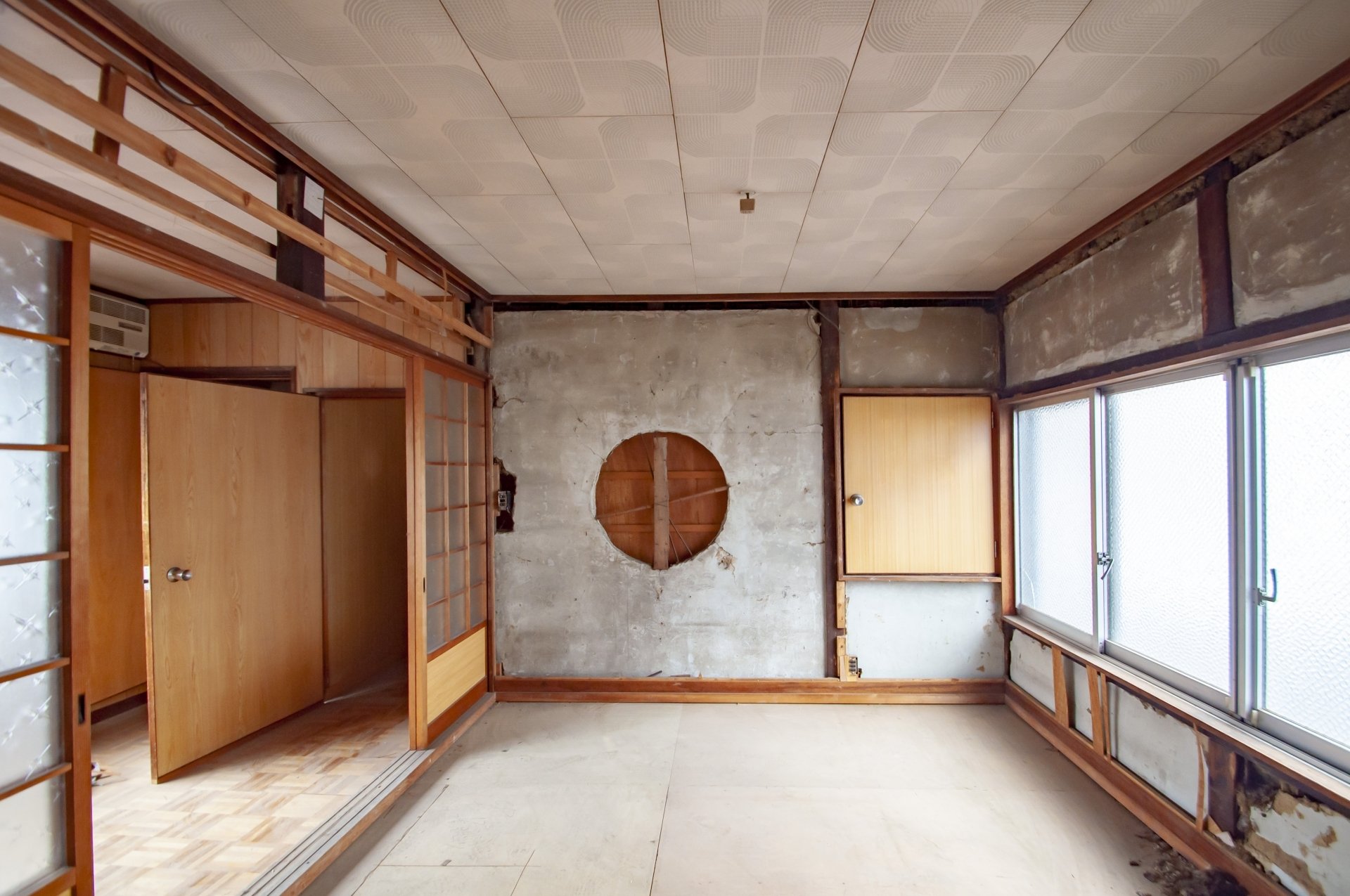For those of us in the real estate industry,urban developmentprojects are an important system for realizing urban development and improving the living environment.
However, for the general public, many may have questions such as "What is an urban development project?" and "How does it affect my life?
In this article, INA & Associates, Inc. will explain the basic structure, specific types, advantages and disadvantages, and actual procedures of urban development projects in an easy-to-understand manner for general consumers.
We will also carefully explain technical terms such asurban planning andredevelopment, using actual examples to deepen your understanding of real estate.
Basic Concepts of Urban Area Development Projects
What is an Urban Area Development Project?
Urban land development project is a project to specifically carry out planned urban development in an area that has already become an urban area or an area that is to be urbanized.
In contrast to the development of urban facilities, which aims to develop the framework of an urban area in a linear and point-to-point manner, this project is to delimit a certain area and integrate the development of public facilities and residential land within that area based on a comprehensive plan.
The City Planning Law defines six types of urban land development projects, each with different objectives and methods. These projects are not mere building actions, but are positioned as comprehensive efforts aimed at improving the functions of the entire city and its living environment.
Purpose and Significance of Urban Area Development Projects
The main purpose of urban land development projects is to achieve rational and sound advanced use of land and renewal of urban functions in cities.
Specifically, the project creates safe and comfortable urban spaces with high disaster resistance by integrating subdivided sites, constructing noncombustible apartment buildings, and improving public facilities such as park squares and street trees.
Another important objective is to resolve issues related to disaster prevention and living environment in the remaining areas of densely wooded urban areas and underutilized land. This will improve the quality of life of residents and the value of the city as a whole.
Six Types of Urban Area Development Projects
Based on Article 12 of the City Planning Law, urban land development projects are classified into the following six types
1. land readjustment projects
Land readjustment projects are the most common type of urban development project.
It is defined as a project that divides an area within an urban planning area, and improves public facilities (roads, parks, sewage systems, etc.) and enhances the use of residential land within that area.
The distinctive feature of this project is that the previous landowner can continue to own land in the same district after the project. Although the shape and area of the land will change, the rights will basically be maintained.
By rearranging disparate pieces of land and creating clean parcels, public facilities such as roads and parks can be appropriately located to improve the living environment.
2) New Housing and Urban Development Projects
The New Housing and Urban Development Project is a project to develop healthy residential areas and provide a large supply of residential land with a good living environment in the vicinity of urban areas with a large population concentration.
In this project, land in the area is fully acquired based on urban planning, and new residential areas are systematically developed and supplied. The purpose of this project is to alleviate the shortage of housing in metropolitan areas and to provide a quality living environment.
Through the implementation of the project, well planned roads, parks, schools, and other public facilities, as well as good residential areas, will be developed in an integrated manner.
Industrial Park Development Project
Industrial park development projects are projects to systematically develop urban areas in suburban development zones in the metropolitan area or to develop urban development zones as industrial cities in order to reduce the concentration of industry and population in existing urban areas.
This project aims to systematically supply industrial land and create an urban environment where industry and housing are in harmony. The dispersion of industrial functions from existing urban areas promotes balanced development of the city as a whole. 4.
Urban Area Redevelopment Projects
Urban area redevelopment projects are implemented in areas where there is a high concentration of low-rise wooden buildings and other areas at risk of disasters.
It is defined as a project that consolidates subdivided land and reconstructs it into noncombustible, medium- and high-rise apartment buildings (building), while at the same time improving public facilities.
The characteristic of this project is that it is carried out in "space" while land readjustment projects are carried out in "surface". The project cost is covered by the disposal of the newly created floor space (reserved floor space), while the high-level use of land is achieved by raising the building to a higher level.
The owners of the existing building and land can acquire the floor space in the new redevelopment building in proportion to the value of their existing assets.
New Urban Infrastructure Development Project
The New Urban Infrastructure Development Project is a project to alleviate the concentration of population in large cities and provide residential areas by developing the infrastructure of new cities (roads, railroads, parks, sewage systems, and other facilities) in the periphery of large cities.
Through this project, large-scale urban infrastructure facilities are developed and residential areas are developed in tandem with these facilities, forming the core of the new urban area.
Residential District Development Project
Residential district development projects are projects that provide apartment complexes and public facilities, as well as collective green space as needed, in areas designated in urban plans as areas to be developed and improved as good residential areas.
There are relatively few examples of this project being implemented, and development is carried out in response to housing demand in specific areas.
Merits and Demerits of Urban Area Development Projects
Advantages
1. improvement of disaster resistance
One of the most important advantages of urban land development projects is the improvement of disaster resistance.
By eliminating densely wooded urban areas and making buildings noncombustible, safety against disasters such as fires and earthquakes is greatly improved. In addition, the ability to respond to disasters will be strengthened by securing evacuation routes and establishing disaster prevention centers.
2. advanced land use
Advanced land use allows for effective utilization of limited urban space.
In particular, urban redevelopment projects can create new floor space by increasing the height of buildings and consolidating various functions such as commercial facilities, residences, and offices.
3. renewal of urban functions
Urban functions are renewed by updating aging buildings and facilities.
Construction of buildings equipped with the latest facilities and technologies will improve convenience and comfort and enhance the overall attractiveness of the city.
4. improvement of the living environment
Improvements to the living environment will be realized through the development of parks and green spaces, road widening, and water and sewerage systems.
This will improve the quality of life of residents and enhance the attractiveness of the area.
5. improvement of asset value
The implementation of the project is expected to increase the asset value of the subject area.
Infrastructure improvement and building renewal will increase the value of real estate and contribute to the revitalization of the local economy.
Disadvantages and Challenges
1. long project period
Urban development projects take a long period of time, from several years to more than a decade, from planning to completion.
During this period, residents and businesses may be placed in an unstable situation, which may affect their lives and business activities. 2.
2. difficulty in reaching consensus among residents
Since the project involves a large number of right holders, it may be difficult to reach a consensus among residents.
In particular, in urban redevelopment projects, the Urban Redevelopment Law requires the consent of at least two-thirds of the residents when establishing a redevelopment association, which can take time to reach consensus.
3. sharing of project costs
Project costs consist of construction costs, design costs, administrative costs, compensation costs, etc., and the burden of project costs can be significant.
Funding is provided by public facility administrator's contribution, government subsidies, and reserved floor disposal funds, but right holders may also be required to bear a certain amount of the cost. 4.
Temporary Impact on Livelihoods
During the project period, temporary impacts on daily life are inevitable.
Relocation, temporary housing, temporary suspension of business, etc. may interfere with daily life and business activities.
Procedures and Flow of Urban Area Development Projects
To implement an urban area development project, it is necessary to go through the statutory procedures. The following is a general flow of procedures.
| Steps | Contents | Approximate time frame |
|---|---|---|
| 1. formulation of basic concept | Formulation of basic concept for redevelopment by local government | 1-2 years |
| 2. urban planning decision | City planning decision on project area and details | 1-2 years |
| Project Approval | Obtain approval for the project plan | 6 months to 1 year |
| 4. approval of rights conversion | Obtain approval of rights conversion plan (for redevelopment projects) | 6 months - 1 year |
| 5. construction implementation | Implementation of construction work | 2-5 years |
| 6. move-in and settlement | Occupancy and project settlement after building completion | 1-2 years |
1. formulating a basic concept
The local government formulates a basic concept for the redevelopment project based on the issues and future vision of the community.
At this stage, the necessity and basic direction of the project are discussed, and opinions are exchanged with residents. 2.
(2) City Planning Decision
The project area and details of the project will be decided by the city planning authority.
After the draft of the city plan is prepared, public notice and public inspection are made, and deliberations are held at the City Planning Council, the city plan is officially decided.
Project Approval
Project approval is obtained for the specific project plan.
The project plan, financial plan, design documents, etc. must be submitted for review by the government.
(4) Right Conversion Approval
In the case of an urban redevelopment project, approval is obtained for a rights conversion plan to convert the existing rights into rights for a new building.
Consensus building among right holders and detailed adjustment of rights are carried out.
5. construction implementation
Based on the approved plan, construction work is carried out.
During the construction period, temporary relocation of right holders and support for continued business operations will also be provided.
6. move-in and settlement
After completion of the building, right holders will move in and the project will be settled.
The project is completed with the disposal of the reserved floor and final cost settlement.
Frequently Asked Questions
Q1: How is the target area of an urban area development project determined?
The target areas for urban land development projects are determined within urbanization zones or urban planning zones that have not been zoned in accordance with the City Planning Law.
Specifically, the target areas are densely wooded urban areas, remaining areas of underutilized land, areas with disaster prevention issues, and areas in need of renewal of urban functions. The local government determines the necessity of the project based on the issues and future vision of the area, and the project is officially decided through the urban planning decision process.
Q2: What will happen to my land and buildings as a result of an urban land development project?
It depends on the type of project. In the case of a land readjustment project, the previous land owner can continue to own land in the same district after the project. However, the shape and area of the land may change.
In the case of an urban redevelopment project, the rights to the previous land and building are converted to rights to the floor of the new redevelopment building. The new building floor can be acquired for the value of the previous asset. We recommend that you consult with the person in charge of the project for more details.
Q3. What will happen to my life and business during the project period?
During the project period, you may need to temporarily relocate. In the case of a residence, the business can continue to operate in temporary housing, and in the case of a store or office, in temporary premises.
The business will be compensated for the costs associated with the relocation. Business compensation and movable relocation expenses will also be provided. The business operator will provide detailed support to minimize the impact on the livelihood and business of the rightful owner.
Q4. Can I oppose urban area development projects?
Urban land development projects are implemented through statutory procedures, but residents have the opportunity to express their opinions at the stage of urban planning decisions.
Residents can submit their opinions during the period of public notice and public inspection of the draft city plan, and their opinions will be taken into consideration during the deliberations at the City Planning Council. However, projects that have been decided through legitimate procedures will basically be implemented.
Q5: What about maintenance and management after the project is completed?
The maintenance and management of facilities after the completion of a project depends on the type of facility.
Public facilities such as roads and parks will be maintained and managed by the local government. For buildings such as redevelopment buildings, the management association or management company will be responsible for maintenance and management. Appropriate maintenance and management will ensure that the project's effects are sustained and that asset values are maintained.
Conclusion
Urban development projects are an important system for solving urban issues and achieving sustainable development.
Each of the six types of projects has different objectives and methods, and the appropriate project is selected according to local characteristics and issues. Implementation of the projects is expected to improve disaster prevention, enhance land utilization, renew urban functions, improve the living environment, and increase asset values.
On the other hand, there are also issues such as long project period, difficulty in building consensus among residents, burden of project costs, and temporary impact on people's lives. It is important to address these issues through sufficient explanation, careful consensus building, and appropriate compensation and support.
Those who own real estate or are thinking of acquiring real estate are advised to pay attention to trends in urban development projects and make appropriate decisions while receiving expert advice.

Daisuke Inazawa
Representative Director of INA&Associates Inc. Based in Osaka, Tokyo, and Kanagawa, he is engaged in real estate sales, leasing, and management. He provides services based on his extensive experience in the real estate industry. Based on the philosophy that “human resources are a company's most important asset,” he places great importance on human resource development. He continues to take on the challenge of creating sustainable corporate value.

.png)

